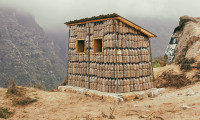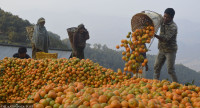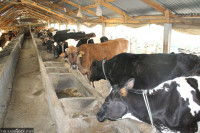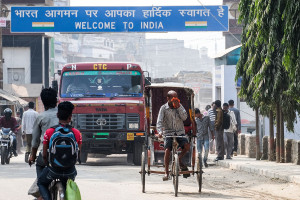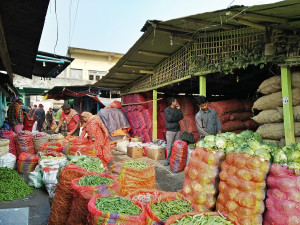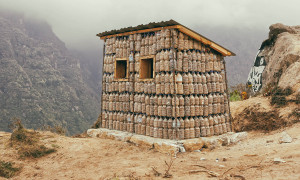Money
AIC proposes cut in prices of urea, DAP
Agriculture Inputs Corporation (AIC) has proposed slashing prices of state-subsidised fertilisers — diammonium phosphate (DAP) and urea — by Rs2 and Rs4 per kg, respectively. However, the price of potash will remain unchanged.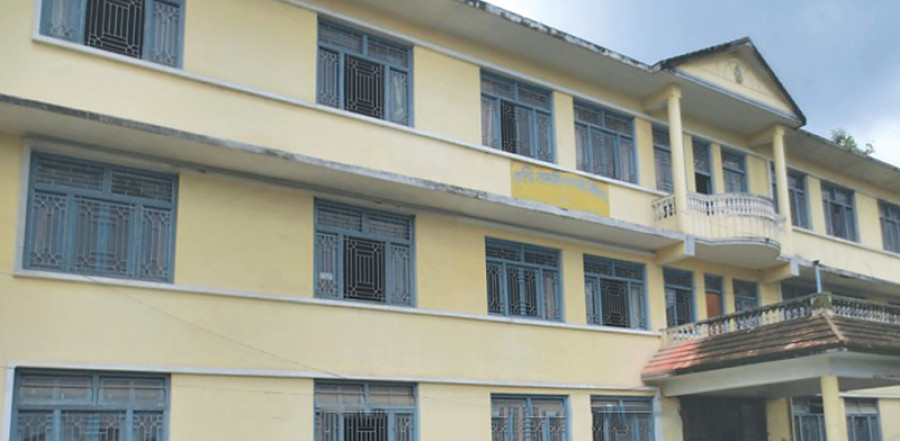
Agriculture Inputs Corporation (AIC) has proposed slashing prices of state-subsidised fertilisers — diammonium phosphate (DAP) and urea — by Rs2 and Rs4 per kg, respectively. However, the price of potash will remain unchanged.
The proposal was endorsed by the AIC board last week, subject to the approval of the Ministry of Agricultural Development.
If approved, DAP and urea will cost Rs43 and Rs14 per kg, respectively, in markets like Biratnagar, Birgunj and Bhairahawa, while a certain transportation cost will be added on the prices in other markets.
Urea and DAP accounts for 65 percent and 25 percent, respectively, of Nepal’s fertiliser demand.
The government had last revised the price of DAP in 2012. It was raised to Rs45 per kg from Rs40. Urea price was last revised in 2010, when the price was increased from Rs12.50 per kg to Rs18.
“The AIC board has recommended lowering chemical fertiliser prices, and we are in the process to approve the proposal soon,” said Agricultural Development Minister Gauri Shankar Chaudhary. “It is aimed at providing relief to farmers.”
AIC officials said their recommendation was in line with falling fertiliser prices in the international market. Urea currently costs $294 per tonne, while DAP costs $428 per tonne in the international market.
In line with conditions put forth by donors, the government had started deregulating fertiliser trade in 1997. Nepal fully withdrew subsidy on fertilisers, including urea, in 1999 as compliance to the Asian Development Bank loan condition.
The government reinstated the subsidy in 2009 to boost agricultural production and ensure food security. Since 2009, the government has been providing 40-45 percent subsidy on fertilisers. However, a gradual increase in fertiliser prices has brought down the subsidy on DAP to 20-25 percent. As per a Cabinet decision in March 2009, subsidy on fertilisers should be between 20 and 25 percent.
Subsidised fertilisers cover only one-fourth of the country’s total requirement and the rest is met by informal imports, or smuggling through porous border with India.
A study conducted by the Finance Ministry in 2006 has put the share of informal fertiliser imports at 71.6 percent.
The study showed of the total imported fertilisers, around 50 percent is used for paddy and 15 percent for maize. Annual demand currently stands at 700,000 tonnes.
The government has set aside Rs5.47 billion for fertiliser subsidy for this fiscal year. Fertiliser imports amounted to Rs15.94 billion in the last fiscal year.




 7.12°C Kathmandu
7.12°C Kathmandu